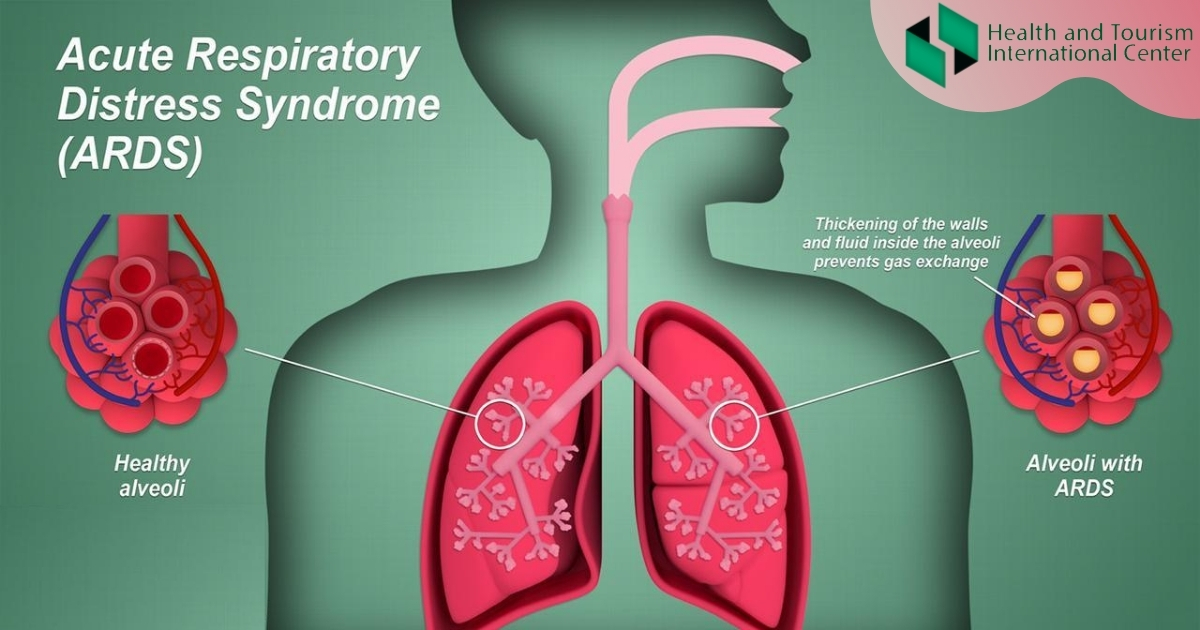What is acute respiratory distress syndrome?
Acute respiratory distress syndrome occurs when fluid builds up in the tiny, elastic air sacs (alveoli) in your lungs.
What are alveoli?
Alveoli are tiny, elastic air sacs in your lungs.
The fluid keeps your lungs from filling with enough air, which means less oxygen reaches your bloodstream. This deprives your organs of the oxygen they need to function.
ARDS typically occurs in people who are already critically ill or who have significant injuries.
Severe shortness of breath — the main symptom of ARDS — usually develops within a few hours to a few days after the precipitating injury or infection.
Many people who develop ARDS don't survive. The risk of death increases with age and severity of illness.
Of the people who do survive ARDS, some recover completely while others experience lasting damage to their lungs.
Symptoms
The signs and symptoms of ARDS can vary.
They include:
- Severe shortness of breath
- Labored and unusually rapid breathing
- Low blood pressure
- Confusion and extreme tiredness
When to see a doctor
ARDS usually follows a major illness or injury, and most people who are affected are already hospitalized.
Causes
Underlying causes of ARDS include:
- Sepsis.
- Inhalation of harmful substances.
- Severe pneumonia.
- Head, chest or other major injury.
- Coronavirus disease 2019 (COVID-19).
- Pancreatitis (inflammation of the pancreas).
- Burns.
Source:
https://www.mayoclinic.org/diseases-conditions/ards/symptoms-causes/syc-20355576

